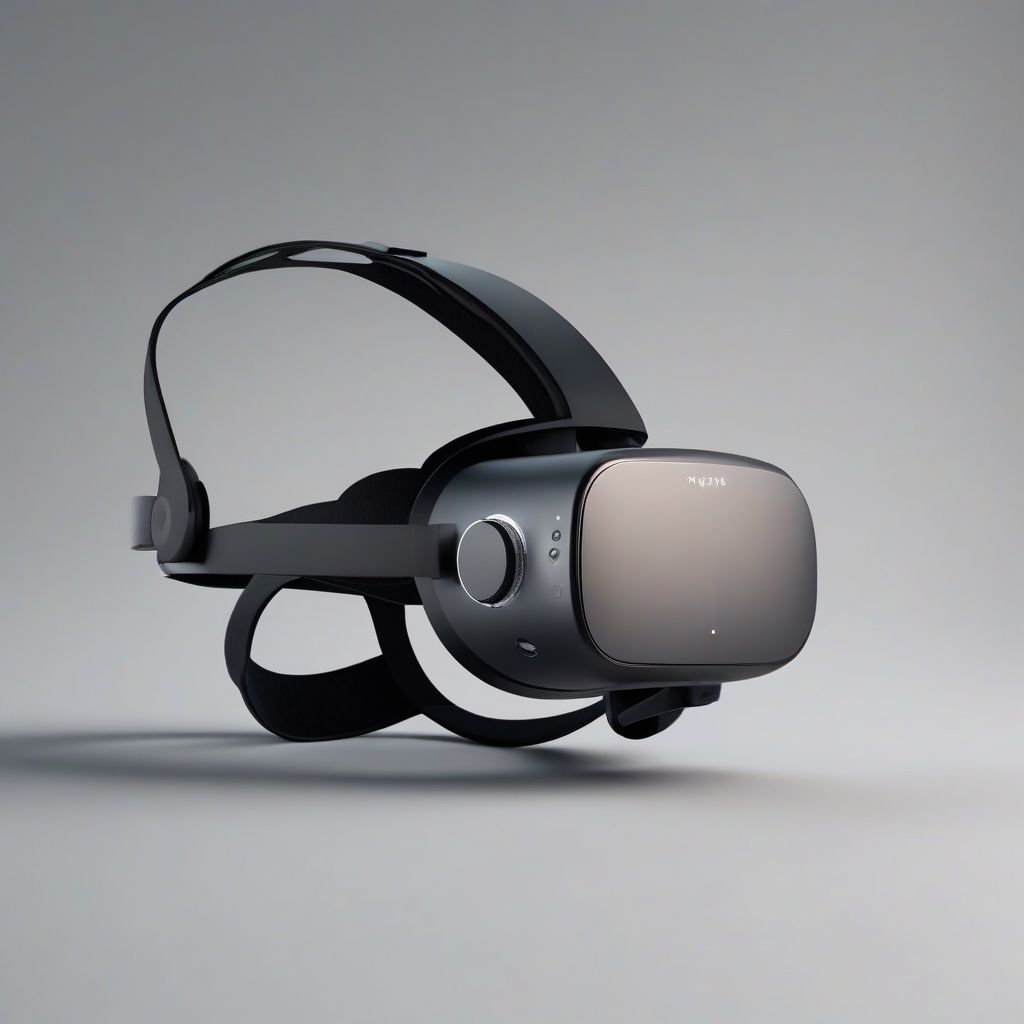Remember that feeling when you first experienced a VR game? The awe, the wonder, the slight dizziness as your senses adjusted to this new reality? The world of Virtual Reality is no longer a futuristic fantasy. It’s here, it’s evolving at an incredible pace, and the latest advancements in VR hardware technology are making the experiences even more immersive and breathtaking.
Pushing the Boundaries of Reality: What’s New in VR Hardware?
The initial buzz around VR brought with it bulky headsets, clunky controllers, and the dreaded “screen-door effect”. Today, we’re witnessing a technological revolution that’s addressing these limitations head-on. Let’s dive into the exciting advancements shaping the future of VR:
1. Higher Resolution and Refresh Rates: Sharper Images, Smoother Experiences
Remember the pixelated graphics of early video games? VR suffered from a similar issue, but thankfully, those days are fading fast. The latest VR headsets boast dramatically higher resolutions, exceeding 2000 pixels per eye in some cases. This means crisper visuals, finer details, and a significant reduction in the screen-door effect.
Coupled with higher resolution, refresh rates are also climbing, reaching up to 120Hz or even higher. This translates to smoother, more fluid motion, virtually eliminating motion sickness and making fast-paced VR experiences far more enjoyable.
2. Expanding Field of View: Immersion Taken to the Next Level
A limited field of view was a major immersion breaker in early VR headsets. Imagine wearing horse blinders in a virtual world! The latest advancements are widening that field of view, some reaching up to 120 degrees. This expanded peripheral vision creates a more natural and immersive experience, allowing you to perceive the virtual environment more realistically.
3. Inside-Out Tracking: Freedom to Move, Untethered and Unbound
Remember the hassle of setting up external sensors just to enjoy VR? Inside-out tracking is changing the game. Modern VR headsets are equipped with cameras and sensors that can track your movements in real-time without the need for external trackers. This means you can move more freely, enjoy a wider range of motion, and say goodbye to tangled cables.
4. Eye and Hand Tracking: Intuitive Control and Lifelike Interactions
The future of VR is all about natural interaction, and eye and hand tracking are leading the charge. Advanced cameras and sensors can now track your eye movements, allowing you to control menus, select objects, and even interact with virtual characters with just a glance. This technology also enables foveated rendering, a technique that focuses processing power on the area you’re looking at, optimizing performance and enhancing visual fidelity.
Hand tracking is taking immersion to a new level, allowing you to use your hands naturally in the virtual world. Imagine reaching out to grab objects, manipulate tools, or even shake hands with a virtual avatar – all without the need for controllers.
5. Haptic Feedback: Feeling the Virtual, Literally
Visual and auditory immersion are essential, but what about touch? Haptic feedback technology is bringing the sense of touch to VR. Haptic suits and gloves equipped with actuators and sensors can provide tactile sensations, allowing you to feel the weight of virtual objects, the impact of collisions, and even the subtlest textures.
 VR Headset
VR Headset
Beyond Gaming: The Expanding Applications of VR Technology
While VR gaming continues to dominate headlines, the applications of this transformative technology extend far beyond entertainment.
-
Education and Training: VR is revolutionizing education by creating immersive and engaging learning experiences. Imagine dissecting a human heart in virtual space or exploring the Great Wall of China without leaving your classroom.
-
Healthcare: From virtual reality therapy for phobias and PTSD to surgical simulations for medical professionals, VR is transforming healthcare by providing innovative treatment options and training tools.
-
Architecture and Design: Architects and designers are leveraging VR to create virtual walkthroughs of buildings and spaces, allowing clients to experience their designs firsthand before construction even begins.
-
Engineering and Manufacturing: VR is proving invaluable in engineering and manufacturing by enabling realistic product simulations, virtual prototyping, and immersive training programs for workers.
The Future is Now: Embracing the Potential of VR
The latest advancements in VR hardware technology are blurring the lines between the real and the virtual, creating immersive and engaging experiences that were once the stuff of science fiction. As technology continues to evolve at a rapid pace, we can expect even more innovative and groundbreaking developments in the years to come.
The future of VR is brimming with possibilities, and it’s an exciting time to be along for the ride. What advancements are you most excited about, and how do you envision VR shaping our world in the future? Share your thoughts in the comments below!
[amazon bestseller=”VR Headset”]
